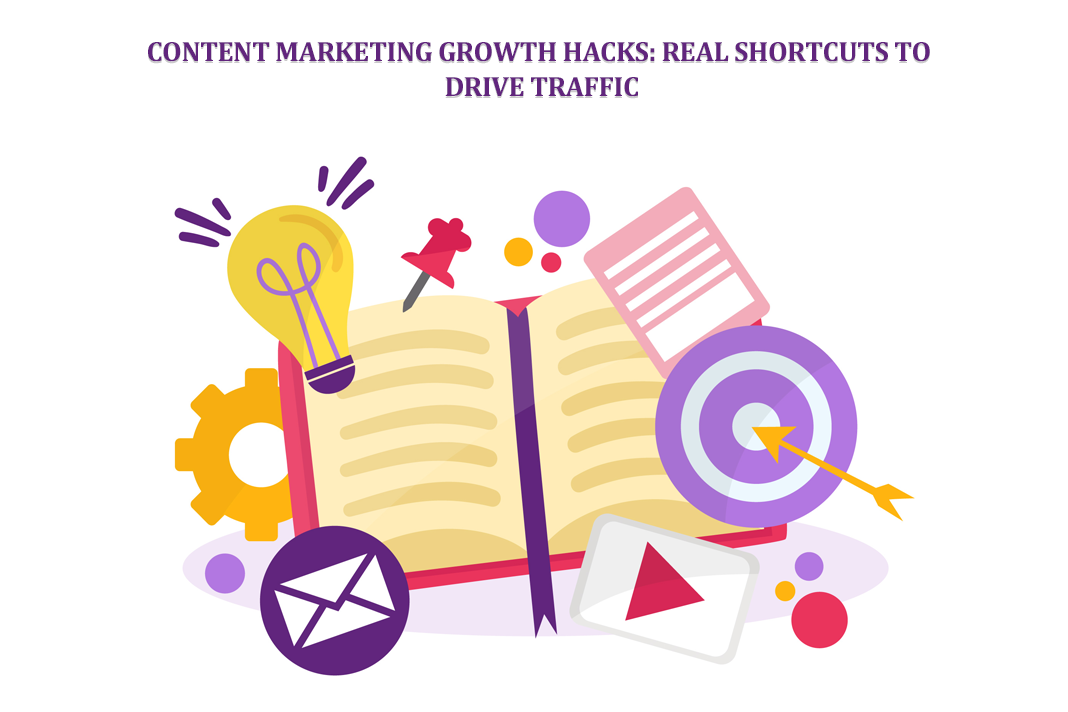Acing the trend of digital transformation to deal with COVID-19 crisis
The COVID-19 Pandemic is disrupting businesses and economies across the world leaving them with no choice but to revive their digital business strategies to overcome the crisis. Gartner Business Continuity Survey shows – Only 12 percent of the organizations are highly prepared for these unprecedented times.
Quick Links
Its time smart leaders accelerate the digital transformation journey at scale to stabilize business continuity and serve their customers well. CIOs or CTO’s opting to wait out COVID-19 to act and digitize their business should think again. Now is the time for bold learning!
Along with keeping employee’s safety and health at top priority, leaders must take immediate actions based on highly-informed decisions to ensure that critical business operations continue seamlessly.
So, why to act now?
It is imperative to digitally transform companies and rethink business model for the future to stay ahead in the competition. Mission-critical processes and business operations, including finance, logistics and supply chain, sales and marketing, human resources, as well as industry-specific services such as hospitality, healthcare, banking and insurance, are being severely disrupted.
Cutting-edge technologies can help businesses deal with the unprecedented slow, build a strong foundation and gain customer trust and loyalty when things get back to normal.
According to OpsRamp survey, IT leaders across the globe are investing heavily in security and compliance, cloud infrastructure, data and analytics to help employees work smoothly during the biggest ‘work-from-home’ scenarios, stay away from cyber-attacks, and enhance customer insights and feedback.
McKinsey’s Customer Sentiment survey shows how significantly online sales have increased across the globe. From ordering groceries to medicine to food, online buying is now becoming a standard behaviour, and even companies encouraging remote working are relying on collaboration tools and online processes to get all mission-critical work done.
The Pandemic has drastically changed the way we do business and only the companies that adapt to these changes can survive and succeed.
5 ways businesses can achieve operational resilience
For organizations to remain agile, collaborative, and act with compassion, they must focus on the areas that can thrive in the post-COVID-19 era. Here are 5 ways businesses can achieve resilience and intelligent operations:
1 Focusing on establishing a resilient culture:
While digital innovation is significant, boosting business resilience is also important in a way that it aligns with corporate objectives. Leaders must focus on enabling short-term resiliency like bandwidth, cloud infrastructure, VPN access, and so on, and long-term like optimizing service delivery and critical activities to reduce threats like cyber-attacks, and natural crisis like Pandemics.
You need to identify opportunities and apply innovative solutions to reshape priorities and develop new business models for an evolved working environment.
2 Leverage broader ecosystems using social collaboration tools:
Don’t let the crisis get on your working patterns! Bridge the gap between your employees, customers, suppliers, and partners with cloud meeting and social collaboration tools such as Skype, Teams, etc. Post pandemic an organization could include niche, professionals, freelancers, and flexible workforce as part of their broader ecosystem.
The era of remote of working has come and is here to stay! Only companies enabling better team collaboration and alignment of strategies can outperform.
3 Deploy agile and more elastic business models:
Coronavirus imposes the biggest remote working experiment in the history forcing companies to change technologies and business models. Post COVID-19 the new workplace reality would be more elastic and digital with the virtual work environment and seamless networking. Currently, many forward-thinking companies across the globe are investing in new-age technologies and cloud computing to make work from home scenario possible, and in the future – this fluid approach is likely to become the new norm!
Deploy agile leading practices, evaluate network, and align with millennial expectations – ‘work from anywhere, anytime, across locations and time zones’ to succeed during the outbreak.
4 Focus on employee productivity during the crisis:
Digital transformation does not happen overnight, it is a complex process which takes time. Therefore, CIOs or CTOs must ensure various ways to communicate with their employees, bridge the skill gaps, and better manage change in the workplace.
There is no ‘one size fits for all’ rule here, with best practices and optimistic attitude you are likely to get the success. But meanwhile, you must make sure to boost employees’ productivity for continuous business performance, improve operational efficiencies, and make the organization more resilient to process disruptions.
5 Make bold moves to adopt digital technologies at scale:
Organizations that make bold moves to adopt digital initiatives at scale, eliminate silos that hinder agility and collaboration, and make use of all the available resources are more likely to correlate highly with the value creation.
We suggest, use a mixture of service models, distribute work across the network in real-time, partner with best collaboration tools to ensure brilliant execution, and rebalance the product roadmap to fuel company’s growth during any crisis.
Human + Machine = brilliant workforce, be pragmatic about remote working and make a team with a combination of best talents and automated solutions to maintain a high level of compliance and assurance in the company.
Use the Pandemic as an opportunity to embrace digital transformation and be future-ready!
Whether you call it disruption or reinvention, the current situation is significantly forcing companies across all industries to speed up new digital initiatives to protect employees as well as balance what’s best for the company, and still deliver uninterrupted great customer experience.
Leaders need to understand that it is unlikely for things to get back to normal after the Pandemic. Organizations must prepare themselves for a world they knew before Corona, which has fundamentally been divided into Pre-Corona and Post-Corona just like the case of the World Wars, which would entail significant changes in how you function.
So, review your short-term and long-term strategies, communicate openly with your workforce, and implement digital trends to help your business survive the COVID-19 crisis.
What Is WooCommerce Product Slider and Why Your Store Needs It
Why Do Product Images Matter So Much in Online Stores? When someone visits an online store the…
0 Comments9 Minutes
How to Streamline Your Customers’ Shopping Experience?
The goal for any online store is to make shopping as smooth as possible. When visitors move…
0 Comments8 Minutes
Strengthening Brand-Customer Relationships Through Gamified Loyalty Programs
Creating lasting connections with customers has become increasingly vital as the marketplace grows…
0 Comments6 Minutes
How to Use SEO and SEA Together in Search Engine Marketing
In digital marketing, search engine marketing (SEM) plays a critical role in improving online…
0 Comments10 Minutes
Content Marketing Growth Hacks: Real Shortcuts to Drive Traffic
Are you still lagging in content marketing? Sticking to these old strategies seems…
0 Comments10 Minutes
How to Build a Strong Local Following Using Social Media Marketing
In the days of likes, shares, and stories, local businesses have a golden opportunity to create…
0 Comments9 Minutes
Why WooCommerce is the Best Choice for Your Online Store?
WooCommerce stands out as a top option for anyone looking to build an online store. This platform…
0 Comments8 Minutes
How to Use AI-Powered SEO Tools for WordPress eCommerce
SEO is a critical factor in the success of any e-commerce WordPress store. As competition…
0 Comments11 Minutes








